Cool Your House (and Costs) With the Right Insulation
http://www.decor-ideas.org 07/22/2013 15:35 Decor Ideas
Thanks to rising energy costs, insulation has become a critical component of all new construction and remodeling projects. In the past, insulation could be poorly installed, incomplete or missing entirely — none of which is an option these days. Reasonable utility bills depend on sufficient and well-installed insulation. New standards can make homes so well insulated that many don't even need a heat source.
Insulation has one of the fastest payback times of all investments in your home; if you can afford the upfront costs, it always makes sense to add more insulation. Read on to find out a little about some of the types of insulation being used today.
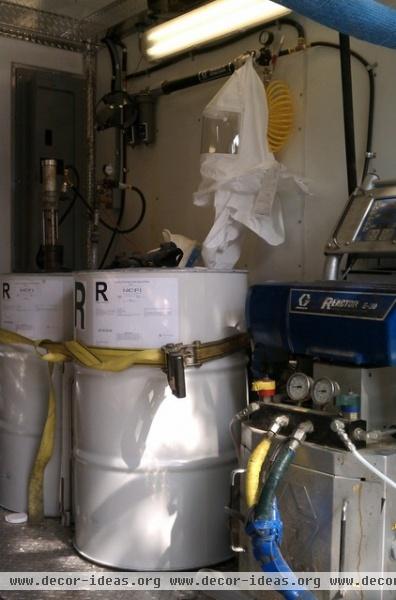
Insulating a house is not a DIY project unless you've done your research and are sure you know what you're doing. One glance at this spray foam equipment should be enough to give you pause, but even something such as a fiberglass batt can cause major health problems if installed incorrectly. Consider this article an introduction to the topic — not the final word.
As with all building products, there are regional differences in insulation practices. But when it comes to code requirements, vapor barriers and local practices, insulation is one place where the house's location really matters.
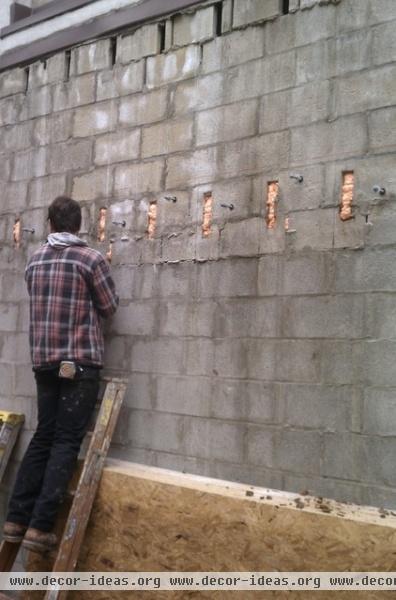
Spray Foam Insulation
Even if you don't have a truck full of spray foam equipment, you will probably use spray foam somewhere on your project. Many homeowners are familiar with the single use cans of spray foam available at home centers. The most common types tend to be the kind that expands a lot and the formulations that expand less for around windows and doors (too much expansion can bow the jambs so windows don't open and doors don't close).
The spray foam insulation used in this photo is a fire-blocking foam. The orange color helps building inspectors know what was used. Spray foam is the only insulation that blocks air flow; other types provide R-value (a rating of the effectiveness of the insulation that measures thermal resistance) but don't block air flow. Unless you are having foam professionally sprayed everywhere, you should caulk, tape and foam all gaps and penetrations in your home where air could get through. If you are going to use more than three or four cans of foam on the project, invest in a foam gun. You will be able to control the foam with ease and you won't have to use all the foam in the can in one sitting.
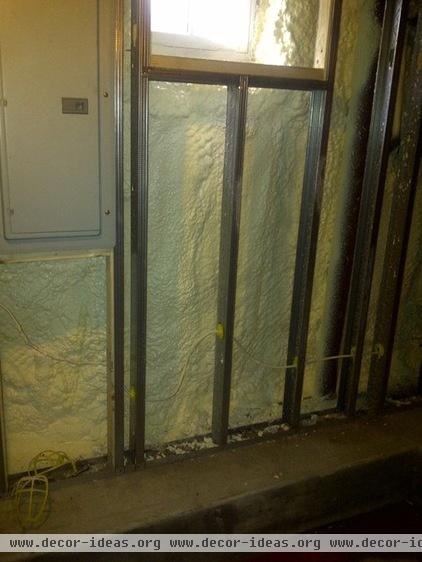
There are two main types of spray foam used in residential construction: closed cell and open cell. This is an area where your architect and insulation contractor should weigh in. Factors such as climate, room for foam and cost will come into play.
Closed cell foam has a higher R-value per inch. A fiberglass batt will give you an R-value in the teens for a 2-by-4 wall, closed cell foam could give you an R-value in the 20s — possibly twice as much. This comes at a cost though: Expect spray foam to be two to three times as expensive as batt insulation.
If you have room in your roof rafters or 2-by-6 walls, a method called flash and batt can be a cost-effective way to get the air sealing and R-value benefits but avoid paying for 4 or more inches of spray foam. This technique applies 1 to 2 inches of spray foam first, then batts afterward.
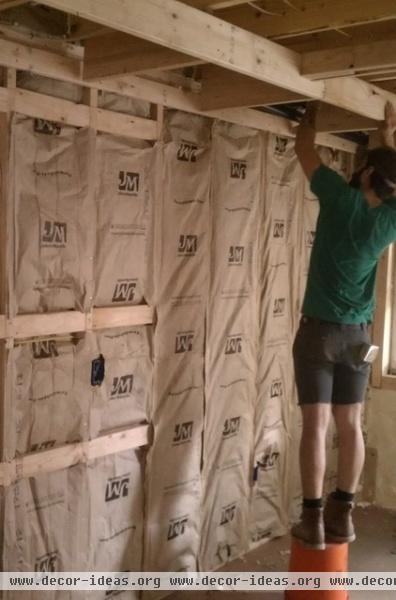
Batt Insulation
Fiberglass batts are the most common form of insulation for a reason; they're the least expensive. If you've ever walked through the insulation aisle at a home center, you've smelled the odor of formaldehyde, a common ingredient in fiberglass batts that off-gases into the house for years after the work is done. Look for batts that do not contain formaldehyde. Johns-Manville and other manufacturers make these at marginal or no added cost.
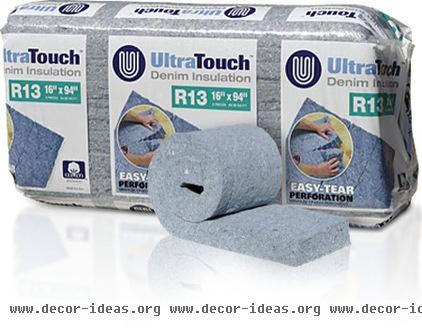
UltraTouch Denim Insulation » Other types of batts include those made from recycled denim jeans (pictured here) and Roxul batts made from rock wool, a byproduct of volcanic activity. Don't worry, rock wool is not heavy or rough like stone. It is more dense than fiberglass and is often used in situations where soundproofing is required. All insulation will add some level of sound reduction.
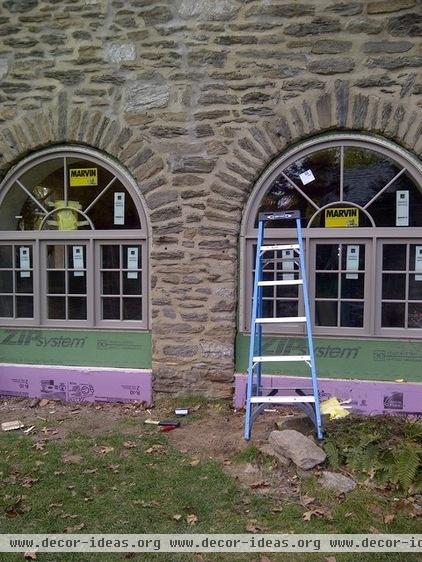
Other Types of Insulation
Rigid foam boards are another way to get the R-value of foam in a more user-friendly form. These boards are good for applications such as insulating under concrete slabs or on the outside of a foundation, such as in the project pictured here. The boards are easy to score with a razor blade to snap, and many come with tongues and grooves to mate boards together.
Rigid foam can also be used on the outside of a building to reduce the effect of thermal bridging. Thermal bridging occurs when heat moves through the wood studs in the wall, since most insulation is installed between the framing.
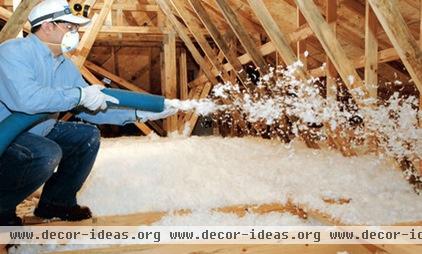
Blown-in insulation is a good choice for attics. Fiberglass comes in a loose form and can be blown in, but cellulose is the most ecofriendly choice for blown-in insulation. Cellulose is made from recycled newsprint and treated with an additive to make it fire resistant. Make sure recessed lights are rated to touch the insulation and that no knob and tube wiring is present.
Next:
Ecofriendly Cool — Insulated with Wool, Cork, Old Denim and MoreMore guides to remodeling
Related Articles Recommended












